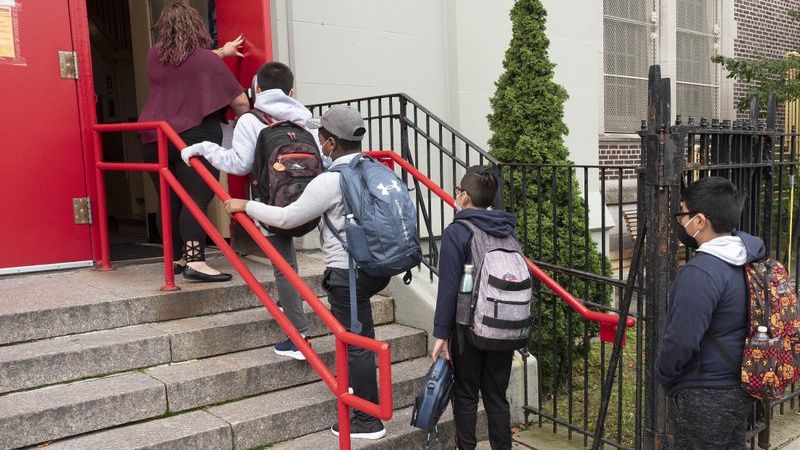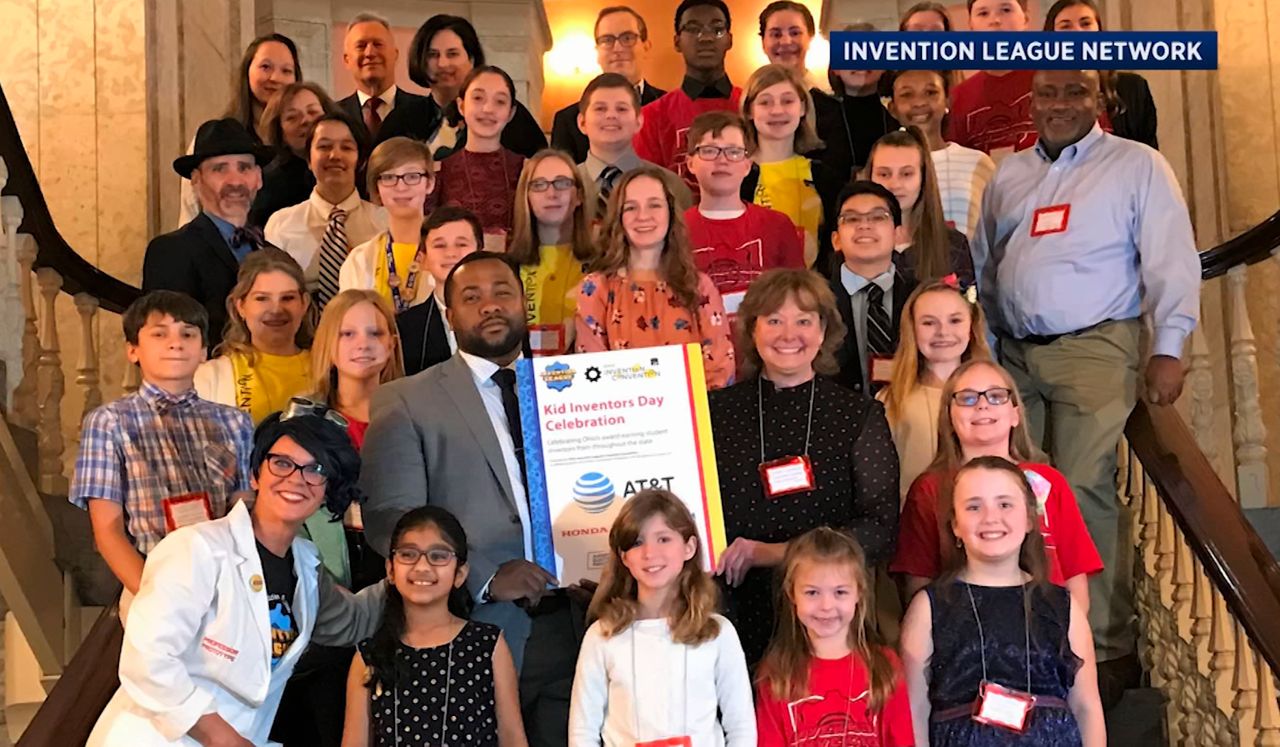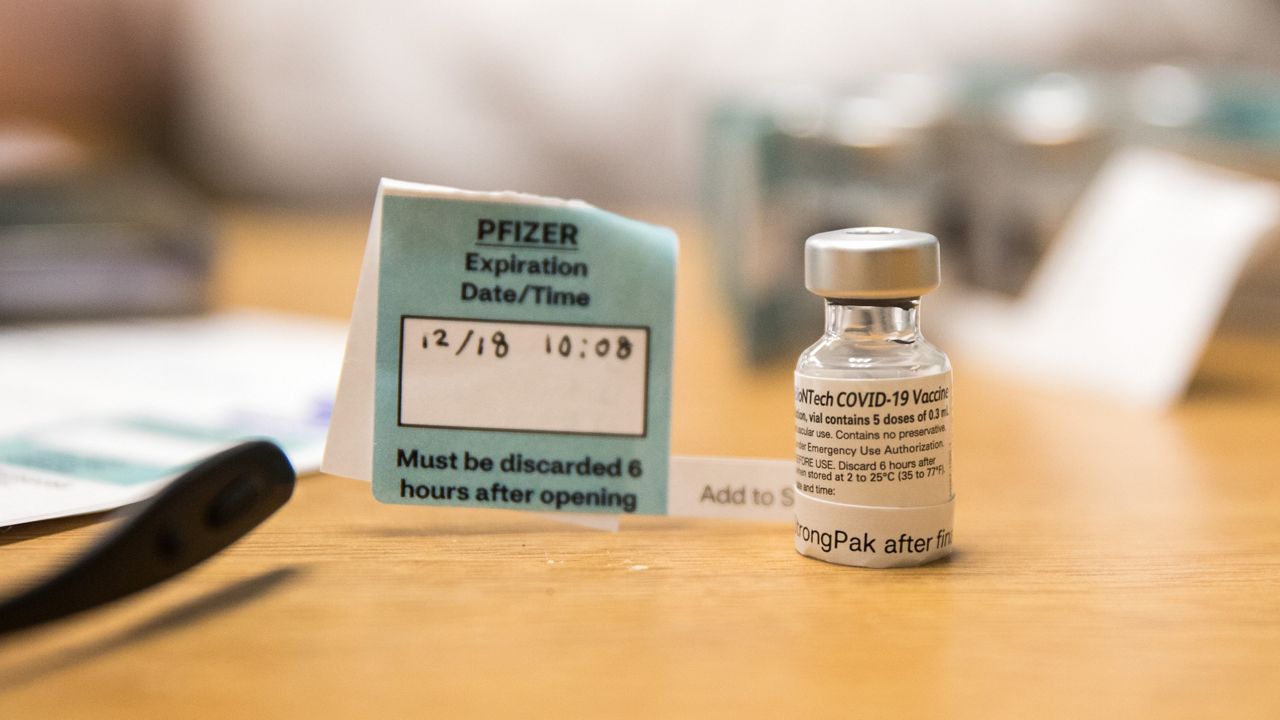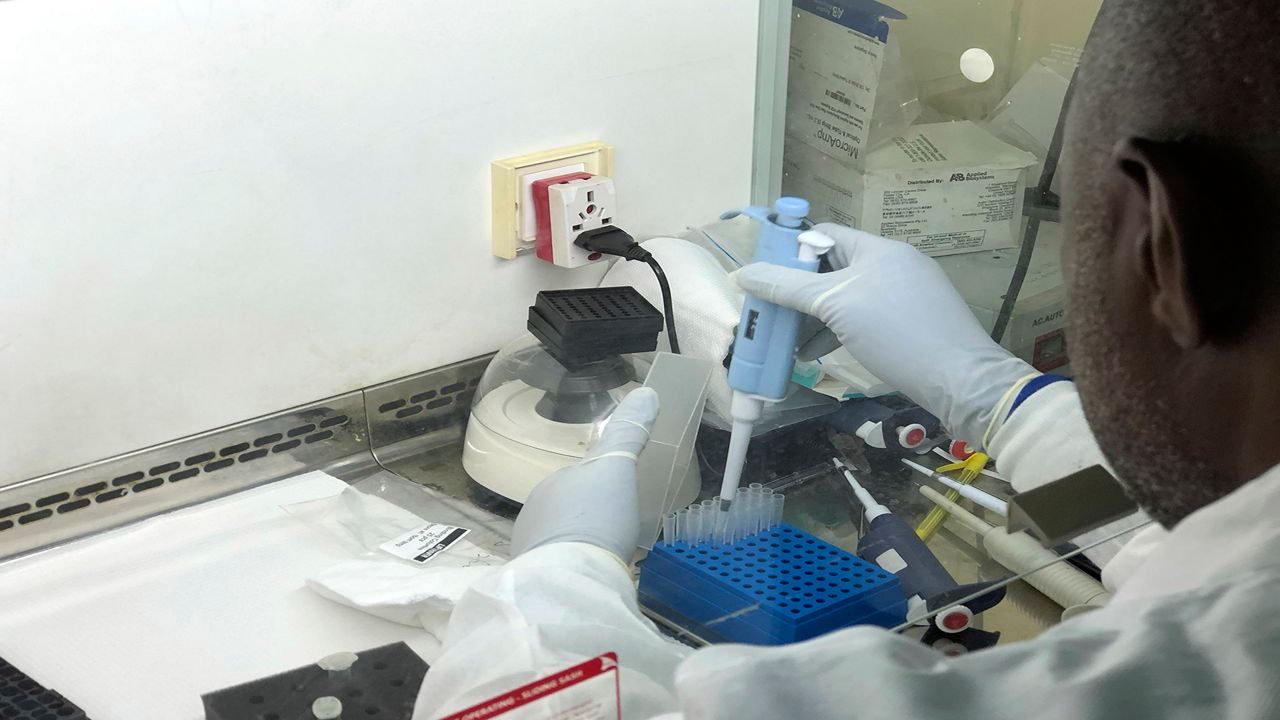COLUMBUS, Ohio — The staff of schools in “hybrid” or “blended” learning models will be eligible to receive COVID-19 immunizations in Phase 1B of distribution, and some schools in remote models are making the switch to hybrid learning to become eligible for the immunization program.
In Ohio, schools received a letter from the state asking if they would be committing to in-person learning by Mar. 1, a requirement for staff to be vaccinated.
When Gov. Mike DeWine originally announced the vaccine plan for schools he said the program was for five-day-per-week in-person learning models only. But when schools received a letter from the state asking for signed certifications of their learning model commitment by Jan. 18, it stated that schools with hybrid learning models would also be included in the second phase of vaccine distribution.
School immunizations, which includes not just teachers, but cafeteria workers, secretaries, counselors, and bus drivers, are expected to begin Feb. 1.
Districts are being asked by the state to survey their staffs to identify who is interested in getting a vaccine, said Matt Miller, superintendent of Lakota Local School District.
Willoughby-Eastlake City Schools math teacher Robert McFee, president of the Northeastern Ohio Education Association, which represents 27,000 members, said the governor should not be using the vaccine to leverage schools into reopening.
“The first word that I've heard from most people is they felt like the governor was going to ‘blackmail’ districts, ‘You either do it this way, or I'm not going to give you the vaccine.’ That rubs people the wrong way because it takes away local control,” he said.
Schools with five days of in-person learning will not be given priority for scheduling ahead of hybrid schools, the Department of Health told Spectrum. But schools that are not ready to transition to in-person by March 1 will not have any access to vaccines, at least not in this phase of immunizations.
DeWine said it only makes sense to vaccinate teachers if they are working in the classroom. Getting kids back to schools is one of his top priorities, and he said rolling out the vaccine this way will incentivize schools to go back.
So far, his plan seems to be working. In Ohio, about two thirds of schools are now in hybrid or full in-person models.
“We're seeing more coming back in-person or hybrid, but still, obviously, we have a lot of kids who are fully remote – about one third,” DeWine said Thursday.
Teachers unions are objecting to the governor’s policy for school staff vaccines, and in Columbus, the union says the school district is moving too quickly to return to classrooms. The district announced Wednesday it would phase in a blended learning model for K-5 students in February. Superintendent Talisa Dixon said the public health community believes classrooms are safe with masks and distancing, and she said the district wants as many of its students in school as possible. The limiting factor right now is bus drivers, she said.
Ohio has fallen behind expectations with vaccine administration, though its numbers are comparable to those of other states. In the best case scenario, by March 1 when schools that certified for the vaccine will have to have reopened, all staff will have had the opportunity to get the first shot in a two-dose vaccine regiment. The governor acknowledged during a press conference it would be unrealistic for all school staff to have gotten a second shot by then.
McFee said there are mixed views among staff. Some are adamant students should be back in the classroom, but NOEA also represents members who are fearful of going back without being fully immunized.
“For the governor to say all schools need to be back in business by March 1, I think it's highly likely that most people would not have completed both rounds of the vaccination process by then, and that's a scary proposition for a lot of teachers. A lot of those teachers have health risks,” he said.
The union representing Columbus City Schools staff is demanding its buildings not reopen until all staff have had the opportunity to get second vaccine doses. Union leaders said the risks to staff are even greater now that a virus mutation, which led to accelerated spread and school closures in Europe, has arrived in the U.S.
“The news of the discovery of a more infectious variant of COVID-19 here in Ohio on the very same day that a return to blended learning was announced only underscores the need to vaccinate first. Lives are at stake," Columbus Education Association officials said in a statement.
Dixon said she thinks bringing back K-5 students two days per week is enough to meet the state’s requirements for all staff members to get the vaccine. As the state receives learning model certifications from superintends next week, officials will have to decide where they will draw the line for eligibility: Will middle and high school Columbus City Schools teachers, in fact, be eligible if they are teaching virtually?
Some districts have experimented with even more restrained in-person learning models, like Rocky River High School, where parents were outraged that students were only getting two and a half hours of instructional time just two days per week, WOIO reported.
In other school districts, teachers may have multiple cohorts of students they see on different days, meaning those staff are at school five days per week, even though their students are not.
To date, the vaccine has not moved as quickly as was forecasted by Ohio officials late 2020. Already, the date for beginning school vaccines has been pushed back from “mid-January” to Feb. 1 as the federal supply chain has been sparse.
The limited vaccine supply has caused worry the dates might get pushed back further.
“The governor said we would have everybody vaccinated by March 1. Well, my superintendent does not believe that's going to be logistically possible. There's not enough vaccines available at the moment to do our entire county,” McFee said. “If we had enough vaccine for every employee in the district it would be a lot easier.”
After conversations between the Butler County Health Department and Lakota district leadership, Miller said he is doubtful they will get their doses on the schedule the governor has put forth.
“We were hoping to vaccinate our staff around Feb. 12, but then when the governor came out and said maybe Feb. 1 we were hoping to accelerate our timeline. Honestly, we are not sure when it will happen,” Miller said. “It seems pretty ambitious at this point.”
Miller said he expects the vaccine to “trickle in,” and the district is preparing for the possibility they are only allocated enough doses for a couple hundred people, not the 1,500-1,800 that would be needed for all staff to get their first shots. If the shots do trickle in, the district would prioritize staff in the “twilight of their careers” who are at greater risk, as well as those with closest contact to students.
Lakota Schools has offered five-day in-person learning for most of the year. Miller hopes the vaccine will help the district stay in that model through the spring with more consistent staffing. The biggest challenge has been quarantines, he said, which has affected the availability of substitute teachers and bus drivers.
Of the district’s 17,000 students, 434 have tested positive, which ticked up after Thanksgiving, Miller said. Some students are on their third quarantine and have spent 42 days in isolation, he said.








